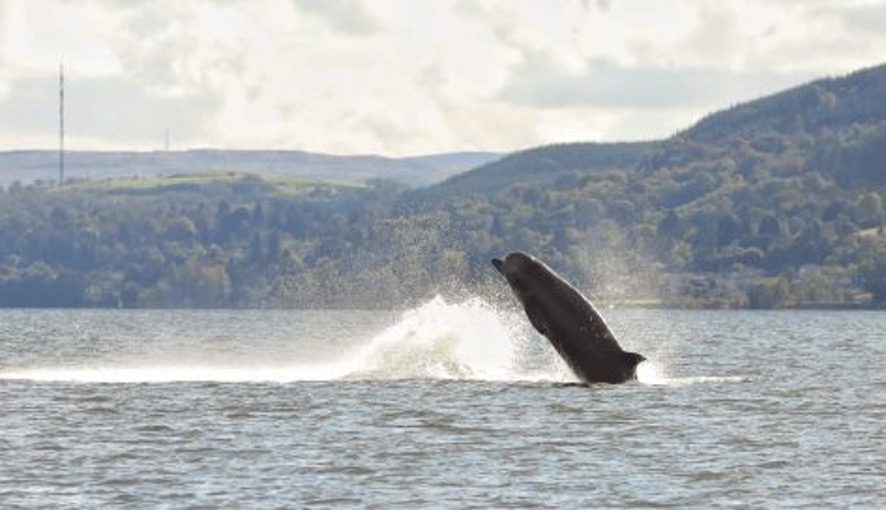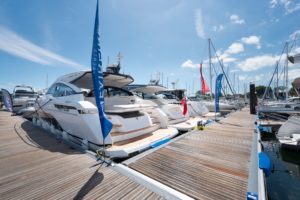Whales evade manoeuvres as exercise Joint Warrior begins

Rescuers trying to herd a pod of whales out to sea before military exercises begin in the Faslane area today have been unsuccessful.
Boats were used to try to shepherd the mammals out of Loch Long in an operation involving British Divers Marine Life Rescue (BDMLR), the Ministry of Defence and volunteers from the local community.
Reports say between three and five northern bottlenose whales remain in the loch after a marine welfare team decided not to attempt a second day of rescue efforts. They were keen to move the creatures amid concerns over the impact that Europe’s largest military exercise could have on them.
Exercise Joint Warrior starts today and is a UK-led war exercise that takes place in spring and autumn each year. The Royal Navy, Royal Air Force and British Army are joined by forces from 13 other nations, including Belgium, Canada, Denmark, France, Germany, Latvia, the Netherlands, Norway, Spain, Turkey, Japan, UAE and the US.
Taking place over two weeks, Joint Warrior includes airborne assaults, amphibious landings, evacuations and live-fire exercises.
The exercise runs through a range of scenarios, including crisis and conflict situations, that could be realistically encountered in operations, such as territory disputes, terrorist activity and piracy, says the Navy.
The pod of northern bottlenose whales has been spotted in various lochs in western Scotland near Glasgow, according to British Divers Marine Life Rescue (BDMLR) which has been monitoring the whales for a month.
“Whales are particularly sensitive to underwater sound,” BDMLR said. Therefore, “the decision has been made to attempt to herd the animals out using a number of boats in formation to get them back to open sea.”
Attending were BDMLR medics, Coastguard, RB Marine, RNLI and the Sea Shepherd Conservation Society.
The initial plan was to use a small group of boats to surround the animals in a U-shaped formation and repel them using engine noise to the mouth of the Loch and out to the Firth of Clyde. From there, a second set of boats would block the Clyde and the two groups together would then try to pivot the pod of whales and proceed west along the Clyde. The mouths of the Holyloch, Loch Long and the eastern channel around Cumbrae would be similarly blocked and land-based medics and coastguard teams were standing by to aid the efforts.
Unfortunately, the whales proved elusive and after a day’s work, subsequent days were abandoned over worries of stressing the mammals with no positive outcome.
“Given there are no previous international records of northern bottlenose whales being herded and the overall gaps in knowledge about the species, combined with the geography of Gareloch, this was always going to be a difficult attempt with success not guaranteed,” says BDMLR. “We have, however, learnt a great deal about the behaviour of these whales for any future relocation of the species and given the short window for organising and conducting the relocation attempt, we are hugely proud of the efforts of the BDMLR team and likewise grateful to the many organisations who assisted this endeavour.
“Our medics and teams will continue to monitor both the area and the whales’ behaviours and movements, and will reassess the situation as required.”











